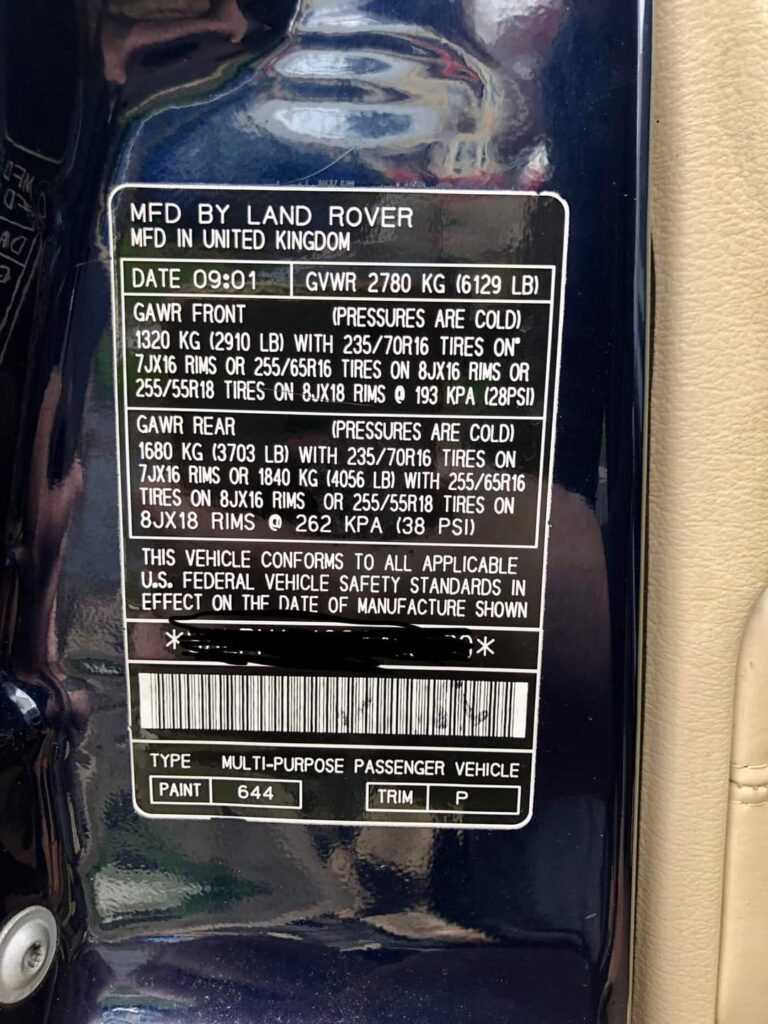Todays technologies are often more efficient and lower costs in TCO, than fossil fuels. It will be at least 10 years from today before any OEM made an 100% electric strong and rugged offroader and they will probably cost well over 100K. You can switch to 4×4 EV now and save emissions. The car you own today in fuel. And we do not only electric-converting Land Rovers, but all brands.
GOVERMENTS & NGOs scroll down where we made an other special information corner for you to solve your problem. A brandnew (in stock) white Toyota’s Landcruiser (Euro4-fuel) below we will convert to brandnew ElectricVehicle 4×4 for around € 80.000 each, read it below. (including the new toyota (!) e-Rovers converting set and battery pack) The yellow pick-up truck will be around the same.
(customer: Staatsbosbeheer, Rijkswaterstaat and KNRM ?)
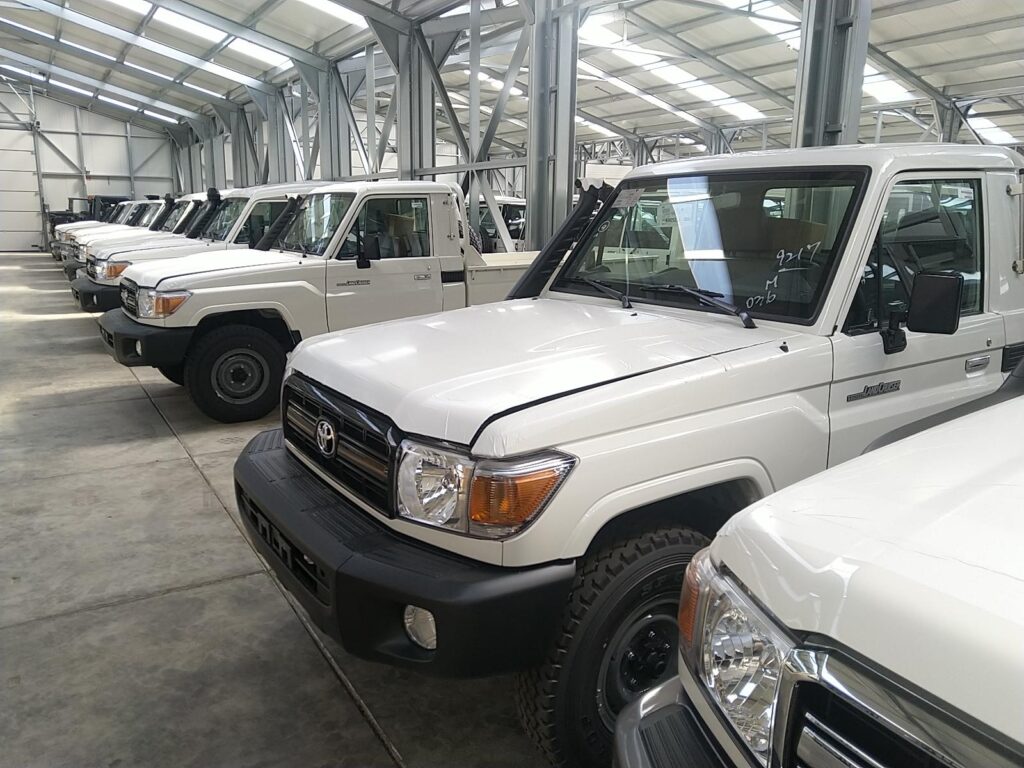
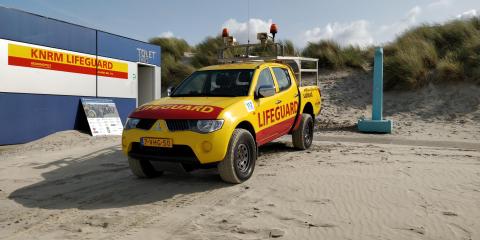
PRICES
Prices listed are for all types of 4×4 cars (trucks, SUV, from 1965 up to 2050, or as long as needed), because we make an universal electric conversion set, tailored to your 4×4 car which will also fit on yet-to-be-made 4×4 cars, We ship the sets in strong boxes all over the world and your local shop (garage) can do all the convertion work for you in 3 days. More on this at the last page Contact & Dealers.
ELECTRIC AXELS
In one set = two e-axels (front/rear)
€ 34.500
Set is including controller(s), TFT control screen, interface ABS, manual handbrake, electric power steering pump, cruise control and all high voltage wiring included.
NOTE: Because we make our e-motor in small quantities, the price per set is relatively high at the moment (34,5K). After all, if we were able to build 500 of them, the unit price is much lower (then we can offer the whole set under 18K). However, the important thing is that our method provides a huge saving in swap time. Saving money. Expensive to make, quick to install.
Total swap costs are relatively low, compared to other EV conversions, these take weeks. And because of our high efficiency (93%) in using (battery to road), we need less batteries, which saves a lot of money but also saves a lot of weight. Our EV axles drives directly the wheels, in a straight line, with no gears or weird angle to make, like others need to do.
BATTERY PACKS
€ 5.000 up to € 19.500
One battery box start at € 5.000 containing 21 kWu, every extra box you add € 5.000. Max 4 boxes at € 19.500 giving a total of 85 kWu. We call this the long range package. (5 or more boxes we investigate) We deliver universal and pre-heated strong and watertight aluminium boxes that can be easily built safely under any 4×4, bolted. You choose how many boxes based on your expected distance to travel. (1 box range 100km/60miles, so 4 boxes 400km/250miles)
Note: ask your own garage or shop what they charge for the conversion work hours. Basic is 3 days of disassembly and 2 days of installing the set. Often you want additional things to do or renovate things. This amount is added to the total convertion price, but paid locally to you own people. Not to us.

Iberian Blackout (Spain april 2025) makes Bi-directional use all the more attractive
We all know that battery electric vehicles are cheaper and better, but as it stands in Britain, the benefits of being able to deploy potentially millions of ‘mini power plants’ (in the form of battery EVs on driveways, or batteries in houses) that can independently power properties for up to 3 days is barely being discussed in the public realm at present. e-Rovers provide bi-directional mini-plants, connect your 4×4 car to your home.
Charging
Is 9 minutes for every 100km/60miles range. We do bi-directional charging, your truck connect to your home. That is interesting to be able to use your car as a house battery as well. That shortens the payback period on investment by about 25%. Households will become less and less dependent on the state grid, because more small power plants at home.
We run at 700+ Volts backbone for a better efficiently. High voltage gives low ampèrage and therefore less loss due heat in the cables and less radiation for safety. We can also operate at lower voltages, but then power decreases. The backbone is prepared for hydrogen storage tanks in the furture. Pre-heated batteries in the car when charging at home and all battery boxes are interchangeable. A battery cannot stand the cold very well, then less power comes out and you cannot drive as far.
All prices excluding taxes and transport (from Den Helder, Netherlands, Europe).
RDW/TÜV inclusive
Your now converted 4×4 car will be registered as an EV after the inspection. This is included in the sale. USA/Canada please ask, we sell do-it-yourself sets there. We have an USA/Canada dealer. EV = Electric Vehicle.
Because the 4×4 car has not increased in weight and because we do not substantially change anything about the axle suspension, brakes, shock absorbers etc, we simply keep the license plate after RDW/TüV inspection. Only the fuel characteristic on your license plate now becomes an e of electric vehicle. Simple as that. (by country there are differences but easy to do, ask)
RANGE and CONSUMPTION
85 kWu batteries (long-range set) giving a range (distance) of at least 400km (250miles WLTP). Consumption 21 to 24 kWu per 100km/60miles (WLTP).
During braking, current returns back to the battery (32% return measured effectively). So driving in the city gives more range. Funny no ? The maximum speed is limited at 115km/72miles to reach this range. Up to 160km/100miles is possible, but then the range drops by at least 30%, the extra power comes from somewhere (the battery only). That is also because of the streamline of a square bungalow and the size of a 4×4 trucks or cars.
Note: we came for reasons to the our solution: go build an electric motor into the existing front and rear axle. Forget the rest. By far the highest efficiency between the battery and the road: 93%, compared to other EV converting methods, that give 50 to max. 60% efficiency!
SPECIFICATIONS SRM e-motor
94Kw total (2 axels x 47kW) up to 120Kw in the furture (2x 60Kw). Maximum of 2,900 revolutions (rpm) per minute. Gives a basic top speed of 115km/75miles.
Torque total 580/1.682 Nm. (Hi/Low) It is hard to imagine the higher torque compared to the fuel engine (double), instinctively the car accelerates as if 280 horsepower has gone under “the bonnet” overnight. (205kW) Read about high/low further on. (our e-motor gives power from 0 rpm, a fuel engine only from 1500 rpm).
Towing max 3.500kg. Your range will go down approx 25%. You can take your horse or sailboat with you towing. You cross rivers as before, all robust and watertight built.
Electricity, our back-bone is suitable for 280 to 800 volts and thus already suitable if hydrogen stack can possibly come in later. Prepared for the future here too. Back-bone are the connections (highway) between all electric components in the car. The higher the volts, the amps are low, so less heat and resistance is generated, resulting in higher efficiency.

Horse power and kW? Many people have no idea exactly what power 1 kW is. Below we have inserted a nice picture about it. Then you can imagine how much 94kW (=94,000 watts) is, actually a lot of power and brute force. The power of being in the saddle with a big horse is overwhelming. And because an electric motor has much more torque from 1 rpm up, it feels double compared to a fuel engine. (in the picture the horse does look like a Ferrari logo, that’s why the italian language)
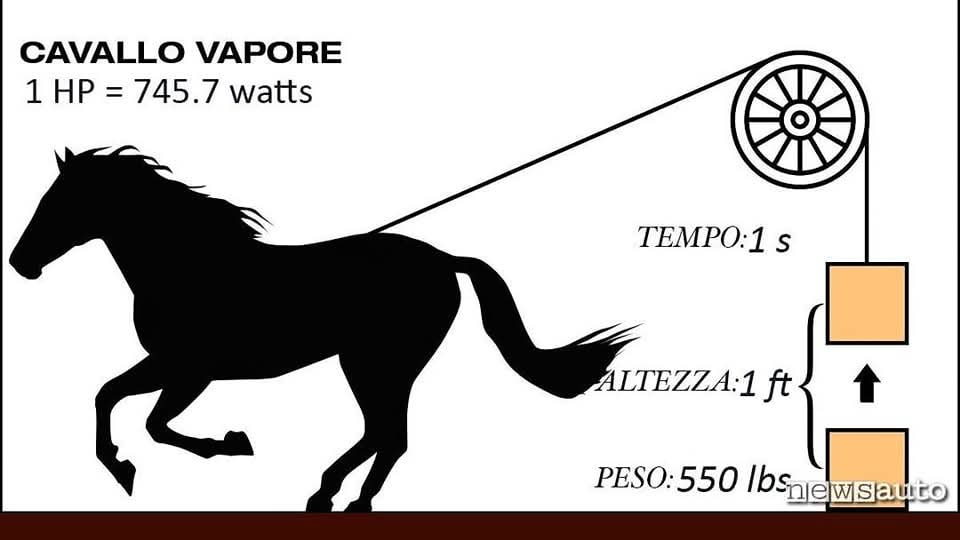
SRM motor explanation
We briefly tipped it. Our SRM (Switched Reluctance DC Motor) is an electric motor (engine) that runs by reluctance torque. Unlike all common brushed DC motor types, or AC, or synchronous reluctance or intern permanent magnet PM rotor-motor (see below) or axial flux motors. These are in different motor families and have nothing in common with the SRM basicly.
Difference between AC and DC are 2 designations in electrical engineering, where AC stands for Alternating Current (xxherz) and DC stands for Direct Current. Basically DC has reduced loss (as compared to AC) and batteries also store DC. Check Wikipedia for the whole story, War of the currents, Thomas Edison v.s. Nikola Tesla).
We indicated on the first page that we could not find an existing electro motor in the world, that we could source. They were too heavy, too big, too many revolutions, too little power, too expensive, or made in China you name it. So we designed our own SRM electric motor that meet all our requirements and made it in the Netherlands. We have built seven today and have been tested them all the way, since 2021. We also make our motor-control system ourselves. The controller is also made entirely in the netherlands and fits the SRM motors perfectly.
Interesting for an investor: we produce the SRM ourselves and we can also bolt our SRM motor directly on any shaft or hydraulic pump to convert many tools to 100% electric. Such as construction cranes, ships (direct on propeller shaft), agriculture industry, many army vehicles. Basically, we can serve and supply various markets. We have became a manufacturer now. Focus on 4×4 today only.
Latest information before you go topped full about explanations: a major difference using SRM is the magnetic power delivered out of the stator rather than the rotor. All copper windings are safe and cool, wrapped tightly in the outer jacket (stator), without movements. SRM doesn’t need revolutions to give lots of torque. Inside our electric motor are 2 other mechanical parts, a Torsen (differential) and a SmeshGear (selectable high/low gear). These 3 different parts are in the same housing and bolted to the new aluminum axles, direct to the wheels. We use patents for this.
To keep the punch line to ourselves. We don’t tell here how we designed the 3 in 1 inside. We give a simple outline:
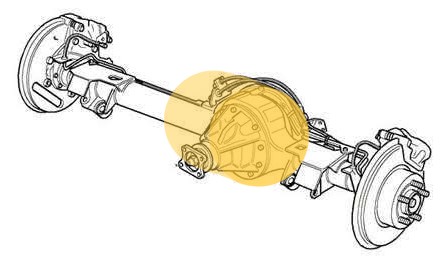
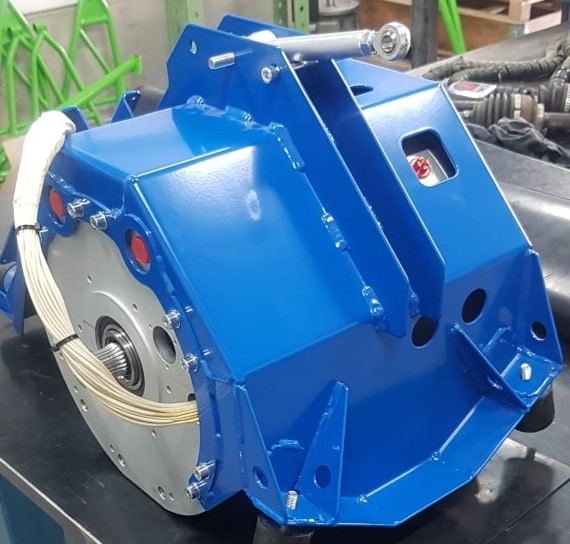
Left you can see in yellow where the e-motor is mounted in the rear axle. In the front axle it is mounted in exactly the same place. Right you can see in blue the e-motor just before mounting in a new shaft. (on top is a reaction rod for on the test bench. On the car it is not on it). In the axis, the blue part is not present. The blue one looks big, but is only 29cm/12 inch in diameter. The size is the same as the differential to the road, we are only 12cm/5inch wider.
While designing, we found that we can also build our 3 in 1 electric powerhouse with seperate drive shafts for all offroad cars. The e-motor alone can provide many drives. Running 280 to 800 volts and different amperages are deployable. Also in all 4×4 cars that will be made for fuel in the future, in 25 years time no more fuel cars will be allowed to drive, we expect. You will have just bought another one in 2040? You will then still convert it to EV, or scrape it.
Note: so no Permanent Magnet (PM) in our motor, 1st PM’s are made 95% in China. SRM itself makes the magnetism in the housing on the outside. The spinning rotor is just iron (rotor constructed of thin iron plates). Our SRM motor is easy 100% recyclable. This is in contrast to non-recyclable PM. 2nd a PM motor slowly loses half the magnetism in time and starts to perform less and less. At the end you throw it away in the trash. And a PM is made by using very high current a short time, to get the PM magnetism at all. Compare this to all the electric power already consumed to get 1 liter of fuel to the pump: you don’t see it, but is used out of your sight.
Why is our axle universal for all 4×4?
Both track width and drive axles re-making is technically simple. In all cases the same shock absorbers, axle linkage, brakes, abs, rims and tires can just be put back in. Tailormade: per brand of car. Because only the track width and the attachment of shock absorbers, suspension and brakes are different per brand. That is very easy to make/change.
We can therefore change any fuel 4×4 car to a full electric vehicle in 3 days.
Because of the low 2,800 rpm max, we no longer need gearboxes. All on page Challenge & Why Electric. Almost all existing electric motors above in the graph rev way too much for the 4×4 big wheels mounted in the same place as the original diffential what we do. (rpms 8.000 up to 21.000 rpm)
Look for our SR motor in the diagram, which lists many totally different electromotors, all different electric motor families:
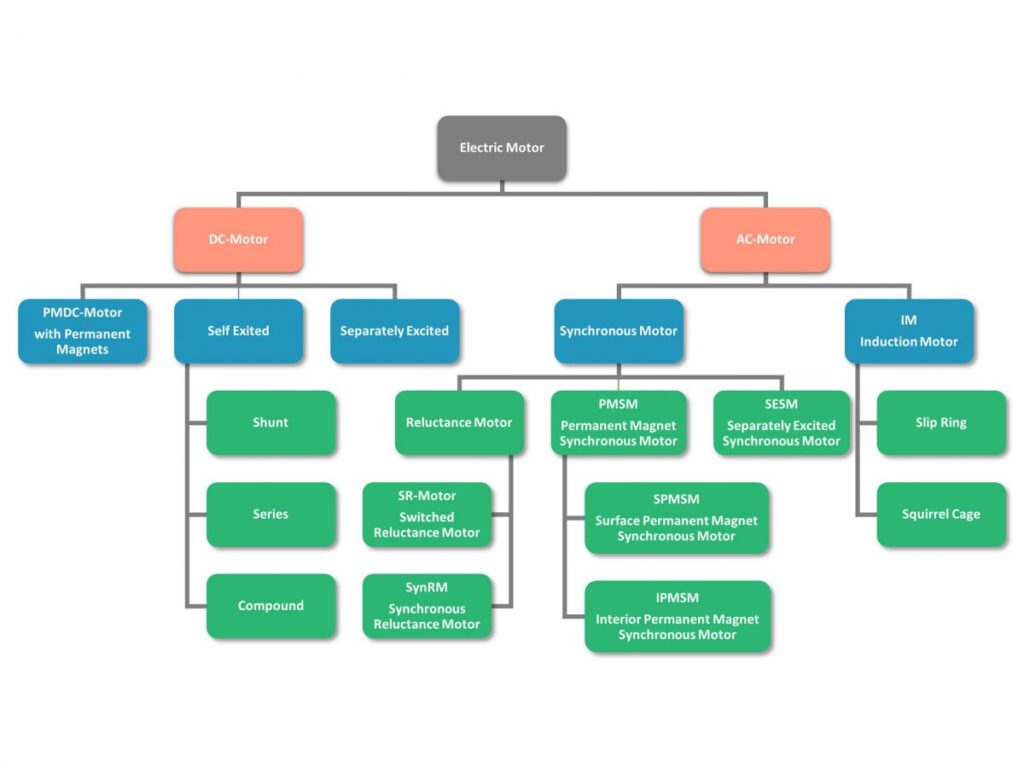
HEATING and COOLING
€ 3.850 for a basic heat/cool/vent kit in the car (based on a heat pump technology). If the fuel engine is gone, we will also have no hot water to heat you. We designed this unit in the most efficient way. (in a seperate box in front of your car, in the space where your old engine was). So including airconditioning as extra for free, but this set is not always needed.
GOVERNMENT & NGO SPECIAL
You almost cannot escape the fact that a government has to be the green example for citizens. The biggest boost to rapid growth of green 4×4 trucks is changing the government way of acting. How nice that will be?
“Everything you do to solve your customer’s problem and make money with it. In a few years, you won’t be allowed to drive with an internal combustion engine. We solve that problem for you government people by making your beloved workhorse 4×4 car electric and fit for future generations”.
People don’t realise that “Governments” are a collection of human people. You are breathing the same polluted air and you are participating in global warming. Your grandchildren will have to deal with pollution to. Consider this. You shop in the same supermarkets, you live inbetween your tax-payers you work for no?
By way of example: do you know that there are still hundreds new Toyota Landcruisers for sale? There is a large stock of these. You can already buy a new pack of 4×4 trucks like the whote ones for € 28.500 ex Vat/Btw including a dirty euro2/3 diesel in it and 0 kilometres driven. New, never sold. Old stock. Today you pay around € 65.000 ex-tax. for a cleaner V6 petrol Euro5. Consuming 1 to 7 …
Barbara Baarsma (PwC) points to move to circular business models, focusing on making products last as long as possible, repairing and re-using or recycling. (bron Change.inc may25) We want the same thing – a sustainable society with as much prosperity for as many people as possible. Then we need to use the stuff we mine from the Earth economical and less. Re-use is the answer and circular. Governments, NGO’s, you can do this now. Call us for a proto project:
Approx. € 82.000 drive the NEW Toyota Landcruiser 400km/250miles range.
If you order 10 trucks or more, the price drop to 76K. If you want the 100km/60miles short range, the prices drop to € 62.000. The photo below is taken in the Netherlands. But all over europe garages/parkinglots are full of them, all new, not used. France, Gibraltar, Italy, or Japan.

The company e-Rovers combines innovation with environmental awareness through their self-developed universal electric axle(s), which integrates perfectly into existing powertrains of off road vehicles, not only Land Rovers.
When we talked with governments, the following conversation happens:
First excuse to our question to government: “why NOT going electric”, the answer is: the brand (OEM) does not yet deliver an 4×4 EV. (is correct, this can take another 1o years, because too small marked to spend develolopment money, all OEM money goes to normal cars only. OEM = Original Equipment Manufacturer.
Second excuse: governments can only lease a truck. And there are “no electric 4×4 terrain cars yet, so we can’t do anything. We buy fuel/diesel trucks again and again. Sorry, have a nice day”. The answer al the time.
Governments can change their minds, people can change their minds. Contact us for your pilot converting project, financially helped by several EU government green programs. Try it and email. Start the project.
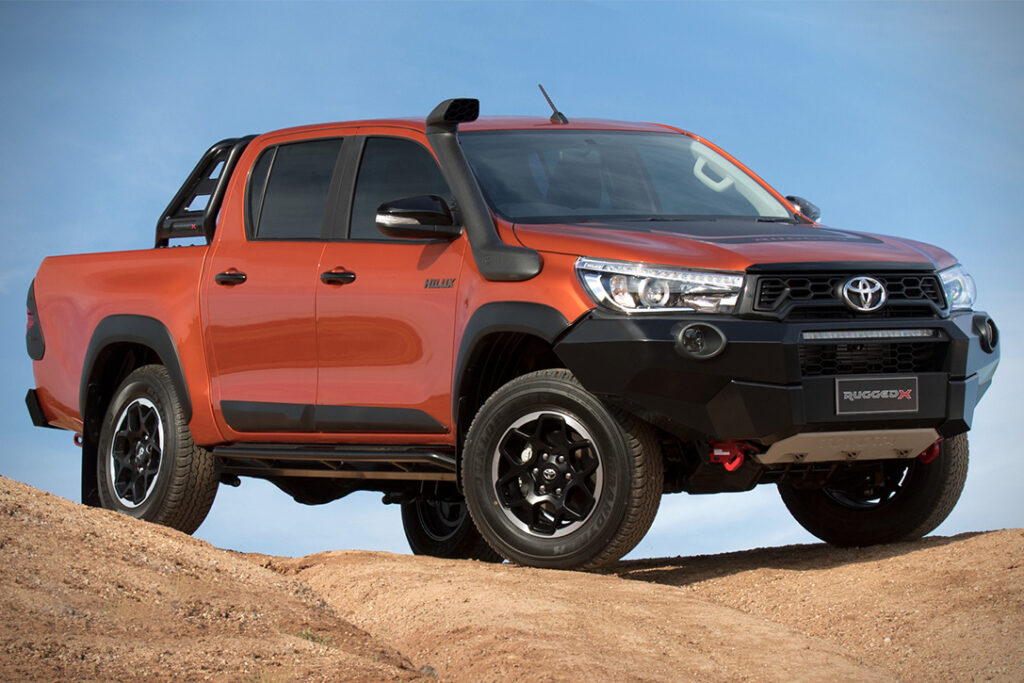
Lower prices due large series, may be no tax for you governments, as for NGO’s, United Nations, welfare, rescue (beach-) services, state forestry, nature workers, real estates, great green water or solar projects.
Remember that continuing to drive on fuel is more expensive in time than start driving electric. Electric driving has a return on investment, fuel driving never ever … Fine PR for your organisation, huge green PR ! 65% cheaper driving including the investment you make. this figure is TCO over 6 years.
(TCO = total cost of ownership
A good example leads the way. If you plot the cost in leasing, it’s 85% cheaper, every km or mile. Every day. Every year. Always. With an almost forgotten bonus: 95% cleaner for the world. The 5% is making power with solar, wind or power plants.
And hydrogen, to wait for? Encourage green hydrogen? Failed, because new calculation rules make production uneconomic. We already have to make (electric-) power, and with H2 (hydrogen) you just throw away 50% in the process: generate solar wind electricity, store it, and recover it with stack. Then it’s better to put that same kW electric power right into the grid, or into the battery, right? Then there is 98 (grid) and 92% (EV car) efficiency.
Only H2 advantage is fast refueling, 10 minutes. We charge every 10 minutes for 100km/60miles of driving. To throw away 50% for this? Come on, be wise and think. And do you know that every km/mile of H2 driving is 6x more expensive than on electricity? And 2x more expensive than on fuel?
This pretty much says our future for H2. Only when we have so much solar in the deserts that we don’t know what to do with all that power, only then could you throw away 50% and make H2 out of it. Only then. In 50 years? And then we will be dependent again on other countries like arabic or africa.
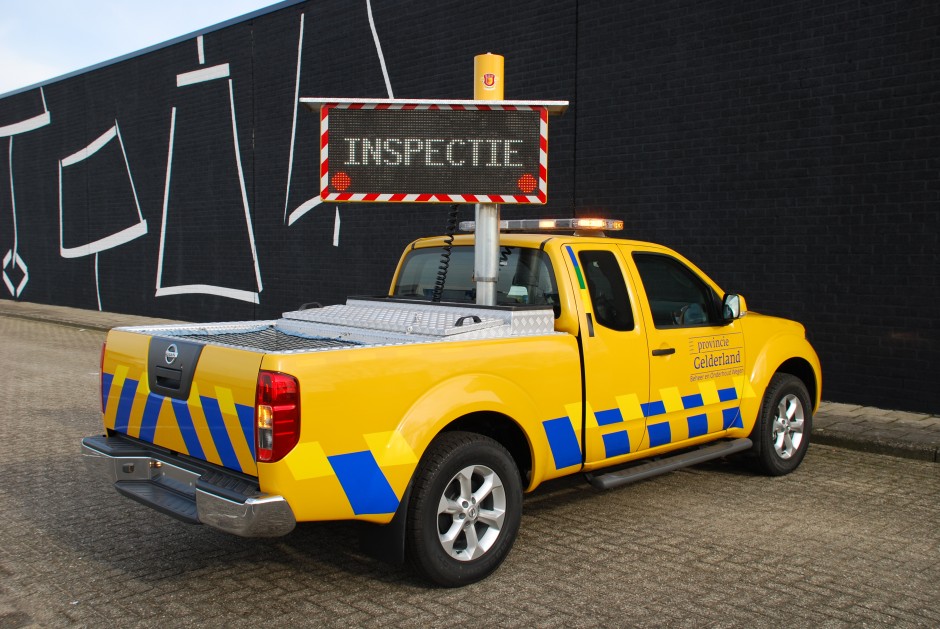
These pickups, hundreds or them, we can convert to clean electric driving. Some are changed to drive on gas/lpg but are still polluting the air every day. Make them EV and save money (on gas/lpg, maintenance) and be clean for your taxpayers.
So government(s), think practical. What can I buy now and save tomorrow in money. And saving lots of emissions. And your fleet is cheaper too. Think out of the box like this:
The consequences of delaying are predictable: higher climate adaptation costs, a more polluted living environment and citizens in worse health. Why install solar panels if the rules of the game suddenly change? Why buy an electric car if you will soon pay more for it than your neighbor with a gas guzzler? Source: Matthijs Bouman & Nancy Kabalt , column in the FD. (financial newspaper dec2024)
Dutch Linkje NoWoS circulaire partner:
HOW GETS THING MOVE INTO YOUR STATE ORGANISATION
So how do you make a sustainability project succeed into goverments? Lessons you can apply immediately such as We Are Robin as a tip: Check their Sustainable Change Management training courses. Participants include civil servants, but also professionals from the construction and food sectors. All are wrestling with the question: “how do you successfully bring others along in change?.”
Which people should such a team consist of, one participant wonders. “Tip: Start with the enthusiasts, the colleagues who really want to. And make people with mandate and budget also part of your team. They are good allies, because they can actually implement decisions”.
Change is often accompanied by resistance. The participants experience this themselves and soon the practical examples come to mind: people in management who are not so keen on sustainability or colleagues who are not keen on extra, green tasks. Thomas Verdoes hears them.
“Now for the good news: resistance does not have to be a bad thing! It is better to get resistance than to be ignored. It is important to engage with these people. Ask questions and empathise, because you rarely bend resistance by coming up with even more arguments or explanations. In this sense, resistance is a gift on the road to change because it starts a conversation. Silent resistance is much harder to recognise and deal with”. This is not easy, acknowledges Thomas Verdoes, trainer at We Are Robin.nl.
“In the short term, change takes time, money and energy. That creates a sense of loss,” he says. “And that feeling is very powerful. A loss hurts more than gains bring pleasure. Loss aversion, we call it. Because of this loss aversion, we don’t like change very much. Still, there are ways to get a group of people to move. That could be colleagues, the management team, business associates or an entire company”. (quote Thomas Verdoes We.Are.Robin.nl, at Change.inc march 2025)
Check the dutch training company for governments and others. Do you work in the dutch government? click through: https://wearerobin.nl/over-ons/
With https://www.deepl.com you can translate this easy.
It’s a choice.
We will run a pilot for these old-stock-new Toyota’s. Euro2/3 to EV. We might be able to start our own factory for these in the future, because there is a lot of interest in it and this conversion is not just doable for your local garage. But these are future dreams at the moment. Converting 250 Toyota Landcruisers (new-old-stock) to 100% electric per year is a different activity than making e-axles to ship around the world to your local garage. First be able to deliver the set worldwide to start.
And there are also hundreds of Land Rovers available everywhere for conversion to EV that have driven for governments. Like these white LR Defenders in Italy for the marble mines in Carrara:
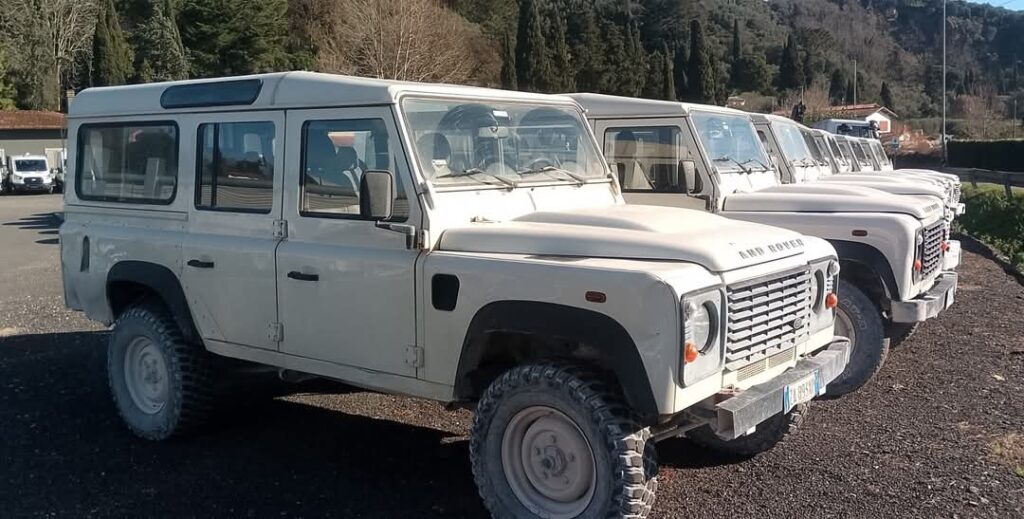
Electric cars are cheaper to use do you know?
According to a study, the total costs of ownership TCO for an electric car is 75% (2/3rd) lower than a diesel truck for someone who drives through an Oslo toll station twice daily. (quote feb 2024 evchargeplus.com) More and more cities are adopting this: only clean cars in the city where so many people live.
“Battery electric powertrains are expected to be the most cost-effective
technology for most truck classes before 2030. For medium- and light-duty urban
trucks, battery electric powertrains are already at TCO parity with their diesel
counterparts”. quote: theicct.org © november-2023
TCO = https://en.wikipedia.org/wiki/Total_cost_of_ownership
Note: instead, consumers should put more solar panels on their roofs. Then they can use ‘worthless’ solar power to heat their water and charge their electric cars during the day. If they also buy a home battery, they can use more of their own solar power and become self-sufficient in terms of energy, argued scientists, entrepreneurs and other experts at the congress ‘The Future of Solar’ in The Hague, jan2025. The discussion on netting that stops, provide power to the net and get money for it.
Key findings on savings and cost comparisons More than 80% of people buying a Battery. Electric Vehicle (BEV) in 2025 will save money compared to an equivalent petrol car, read it all tick the link:
HYBRID
We supply a Plug-in-Hybrid set for your 4×4, based on a superclean EcoEnGines 32kW bio-diesel Fiat/Lancia/Alfa genset, a small 1.3JTD and clean range-extender (or we do a 1.4 petrol genset as well). You drive 100% electric, but if your battery gets low, the genset starts and you drive your 4×4 truck to Rome, and back. Other range extenders to be examined. (lpg/gpl/methanol), you do not have the benefit of BEV (battery electric vehicle) is clear. Every hybrid e-Rover, is a silent genset in your army base. Ask.

Direct Current more efficient, why?
DC better then AC explained here
In a world switching to renewable energy, alternating current AC is no longer always the obvious standard. So much electricity is lost in transmission through high-voltage pylons that DC power is more economically attractive today. If you use DC for all kinds of electronics, appliances last longer and use less power. So that is less of a burden on the congested power grid. Even better, direct current requires less heavy cables and less copper, saving costs. Electric car batteries charge faster with direct current, especially if the charging stations are also powered by direct current from solar panels. Then hours suddenly become minutes. Fast chargers therefore always run on DC. Moreover, with direct current, electric cars can charge bi-directionally and feed power back to the grid as driving batteries. Furthermore, direct current can help reduce the rising power consumption of AI and data centers. The solar panels and batteries that provide the power for this run on DC, as do the servers in the data centers. Using direct current saves a lot of energy and saves energy and heat loss.
CHANGE THE DRIVE, NOT THE CAR, IS OUR SLOGAN.
WE MADE AN UNIVERSAL conversion SET
WE ONLY CHANGE THE TRACK WIDTH AND THE ATTACHMENT POINTS OF THE LINKAGE, SHOCK ABSORBERS AND BRAKES. THAT IS ALL, TAILOR MADE TO FIT, EVEN FIT NEW CARS TO BE MADE OR JUST DELIVERED.

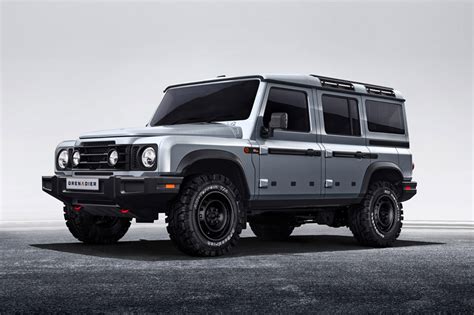
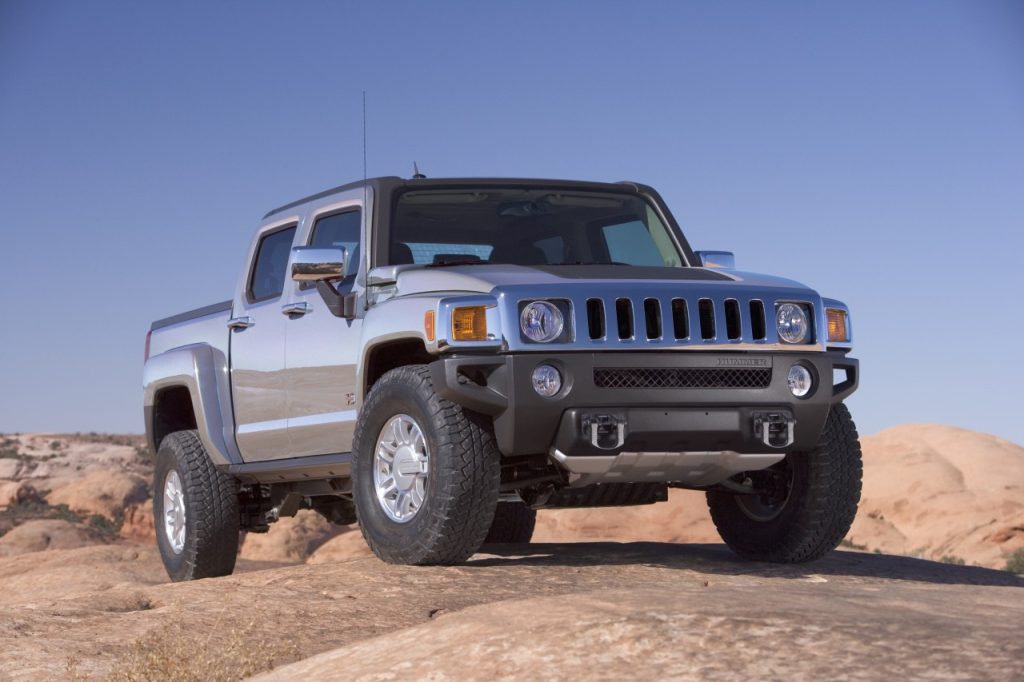
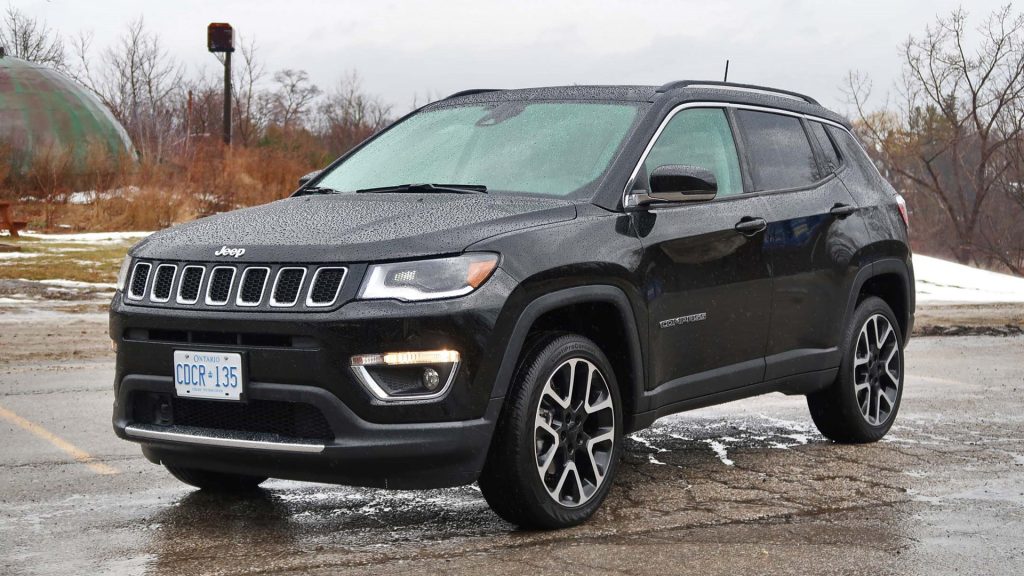
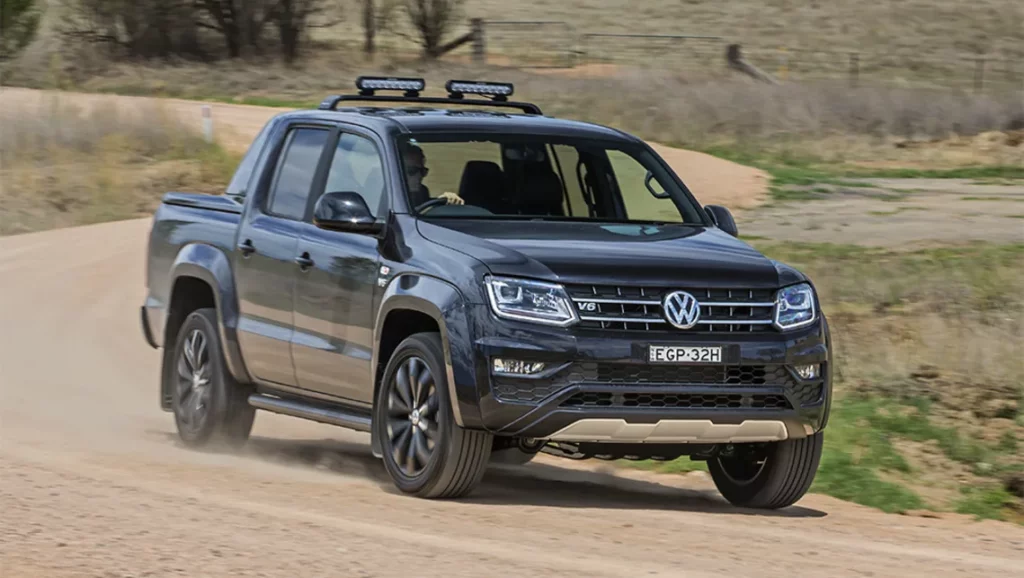
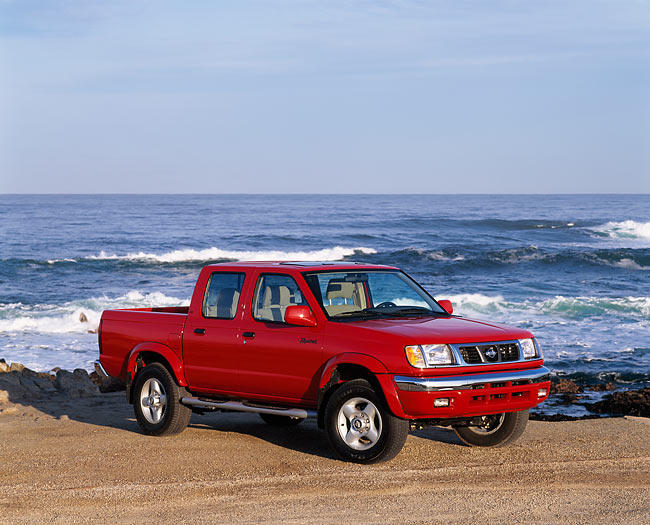


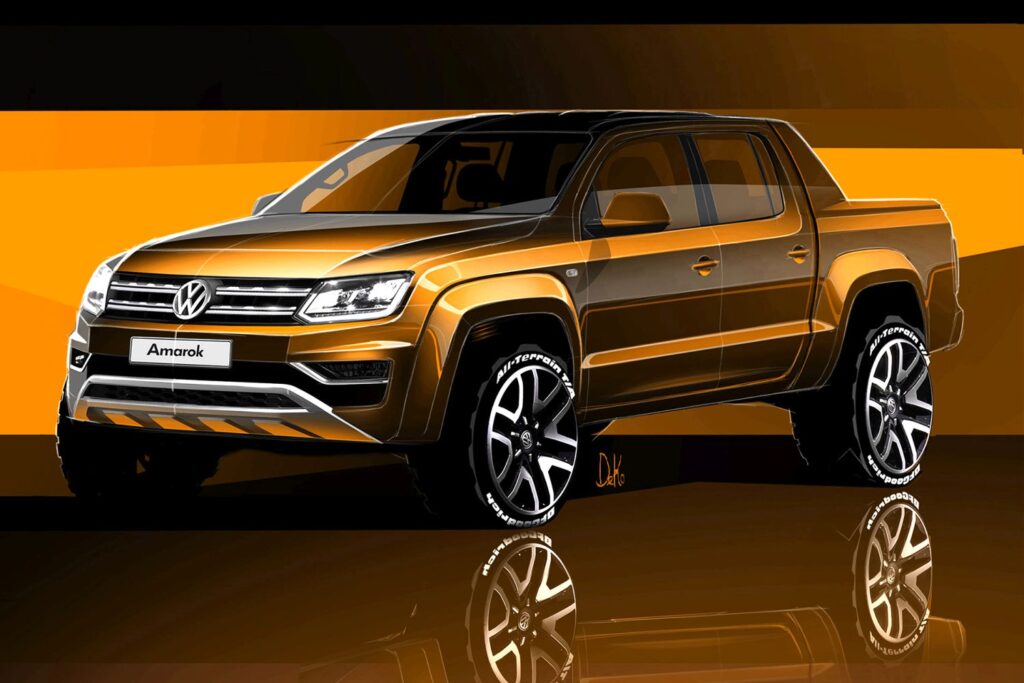


The big Steyr Unimog Benz we convert also to electric. For this, we are using the larger and heavier 155Kw e-engine. That development is almost complete.
Offroad, truck, SUV, 4×4, allroad car:
Whats in a name. We indicate that we keep the description offroad to avoid confusion. Often car, SUV or truck is also used. But officially such a car is called a MPPV, a Multi-Purpose Passenger Vehicle, see badge below:
